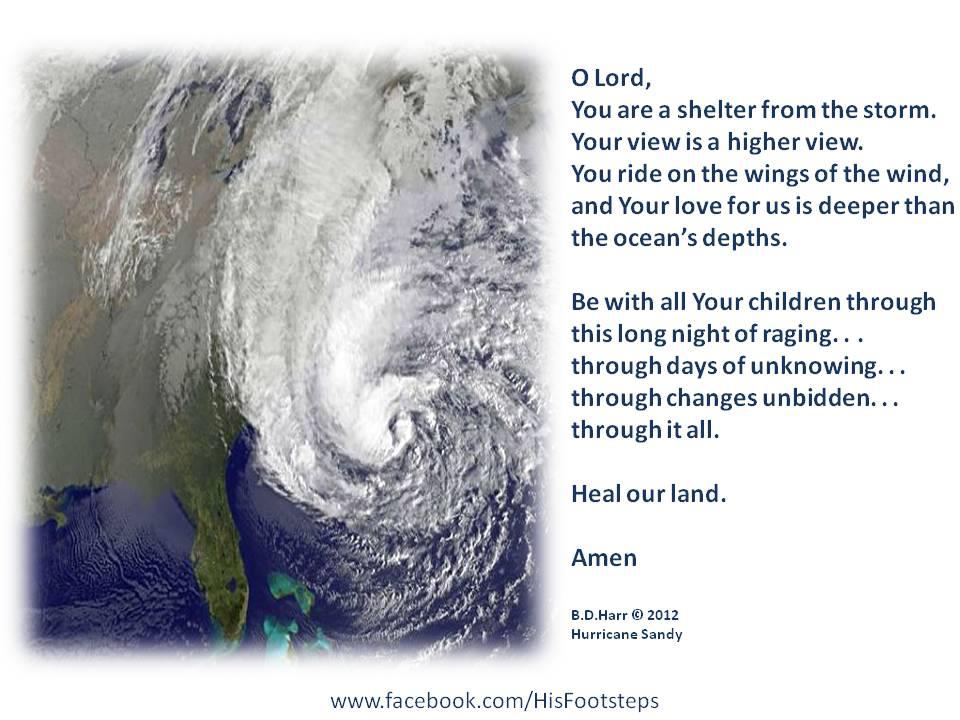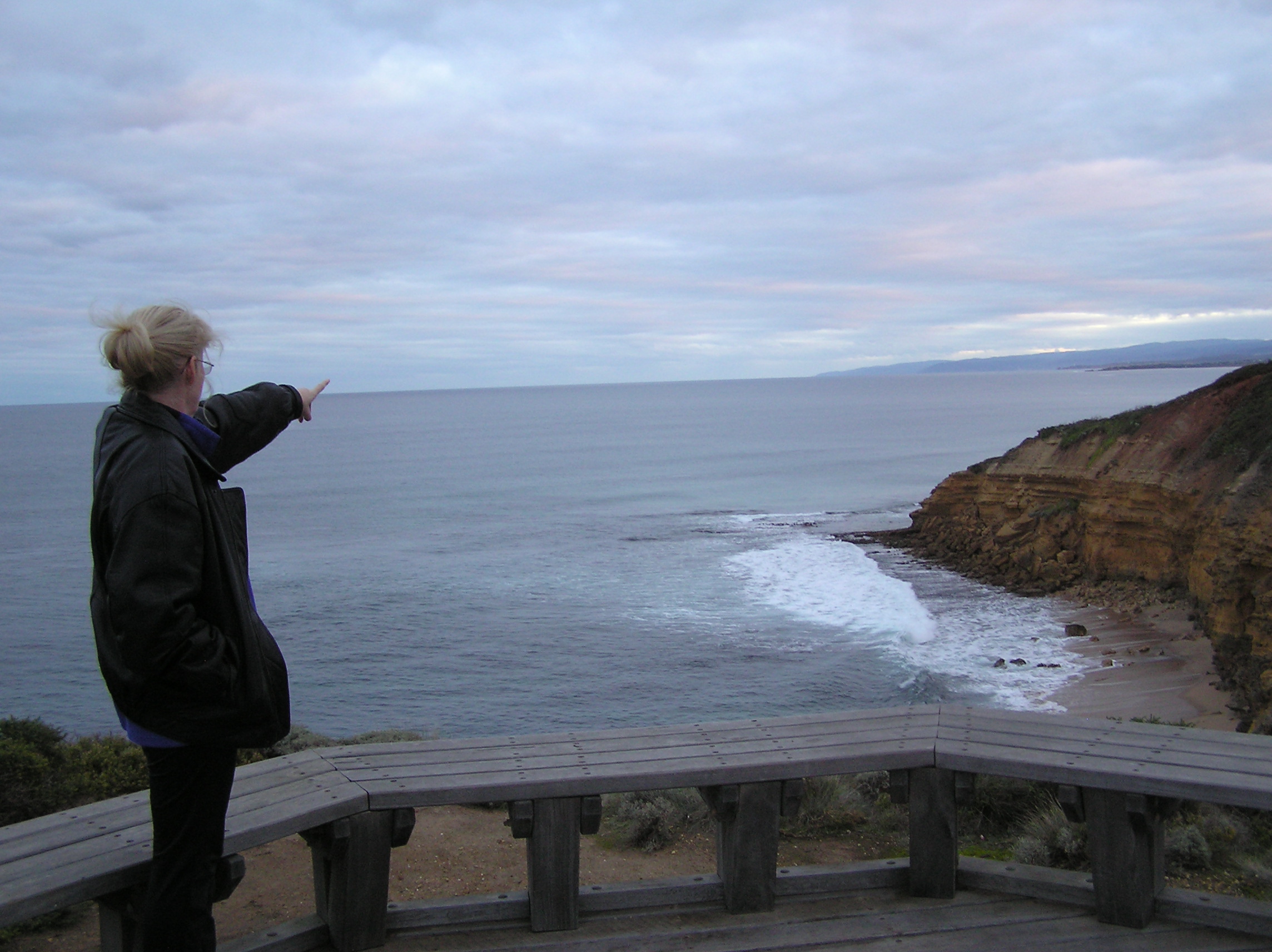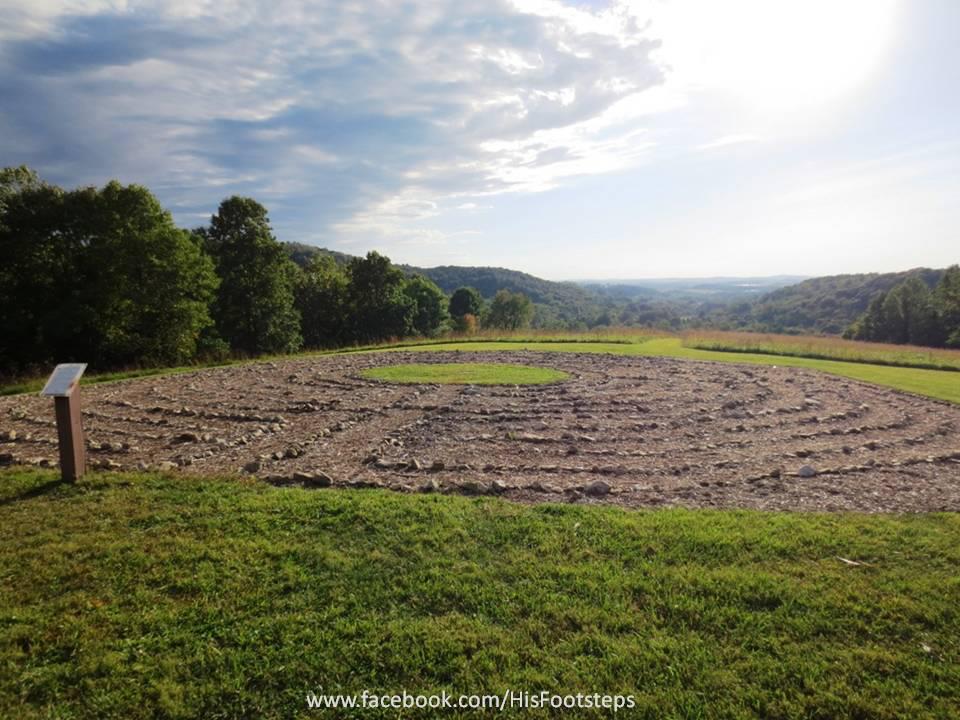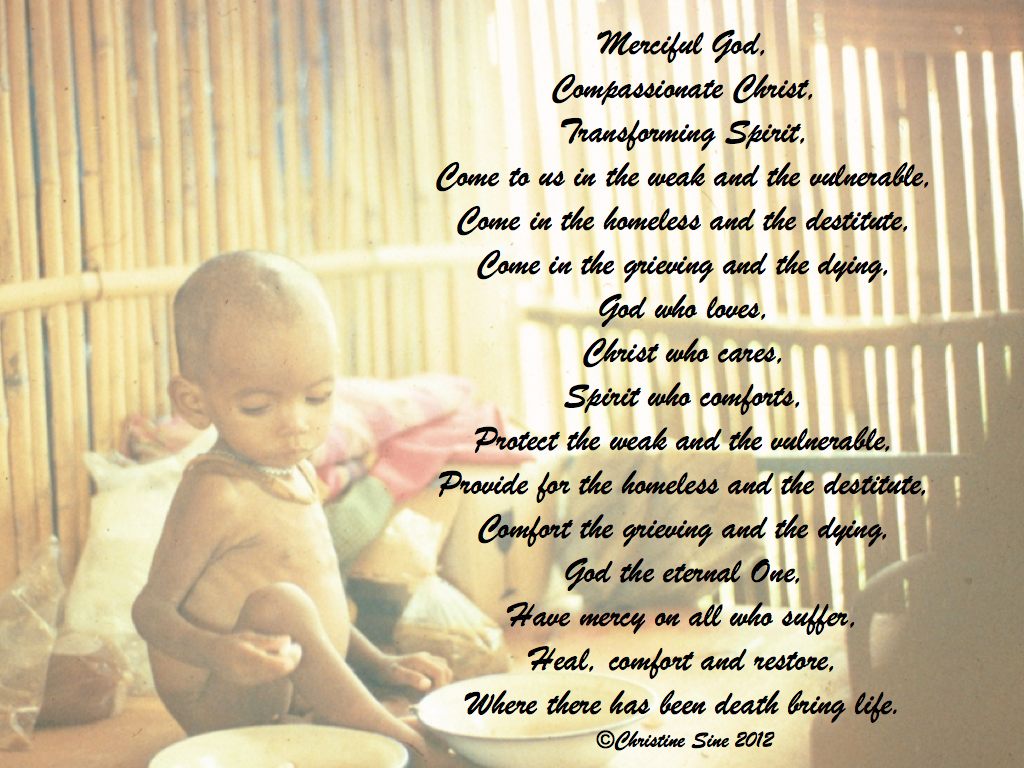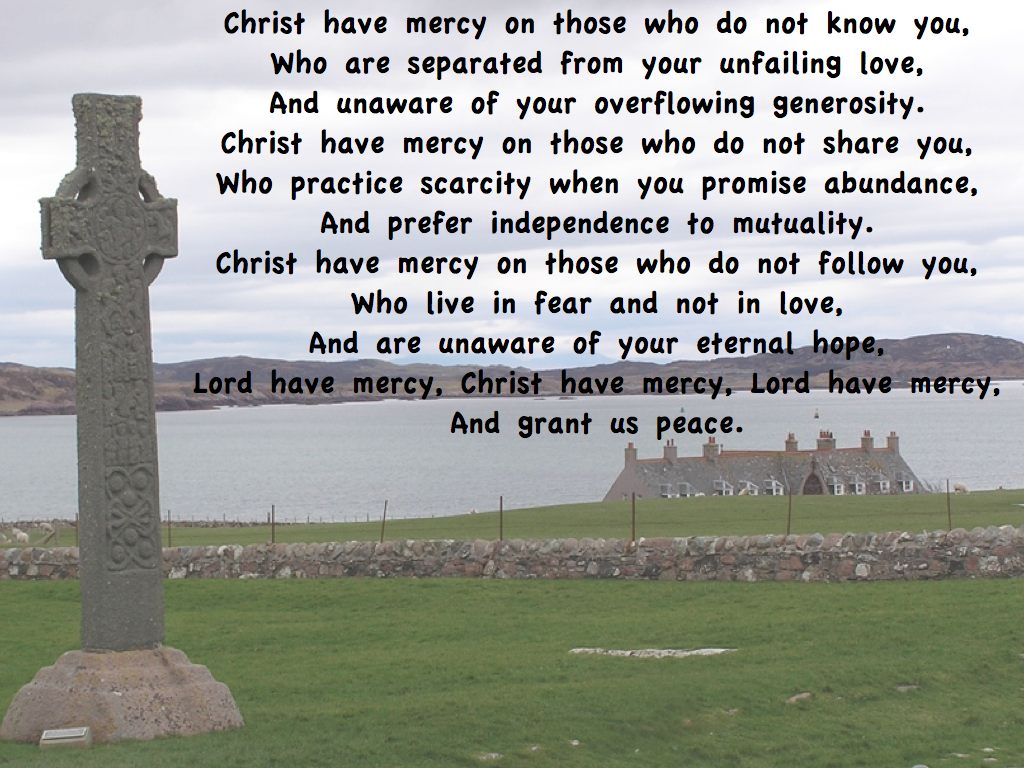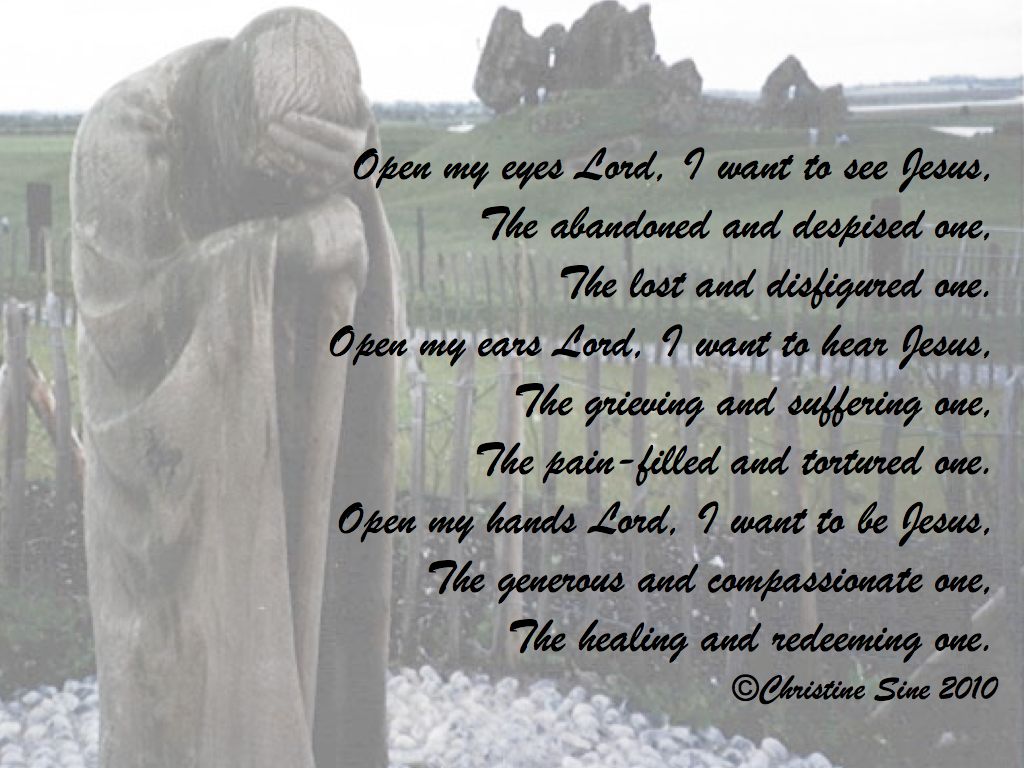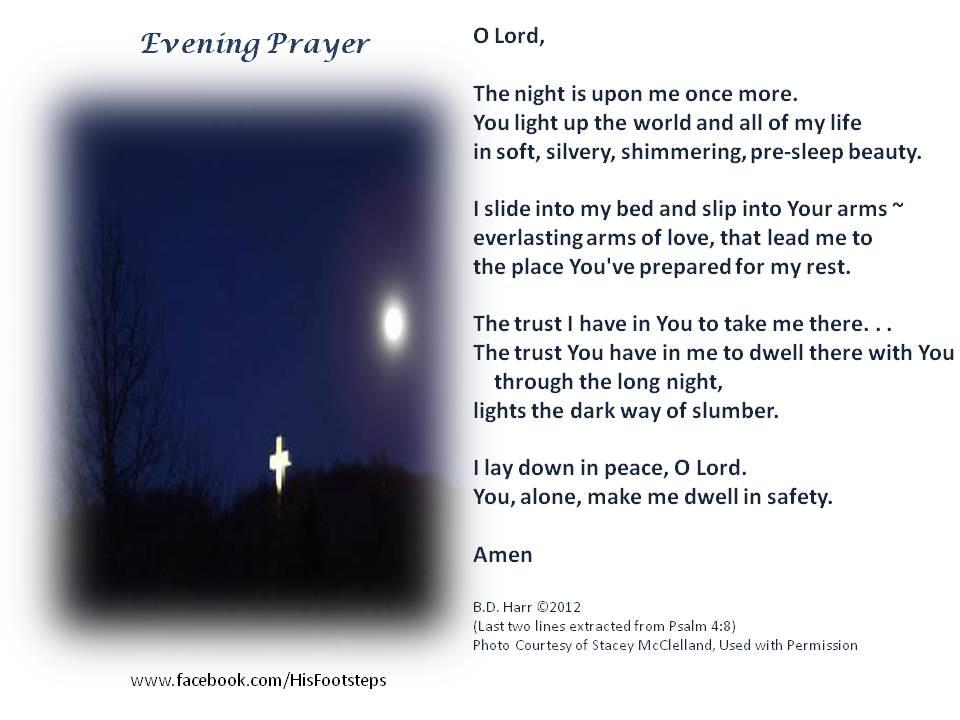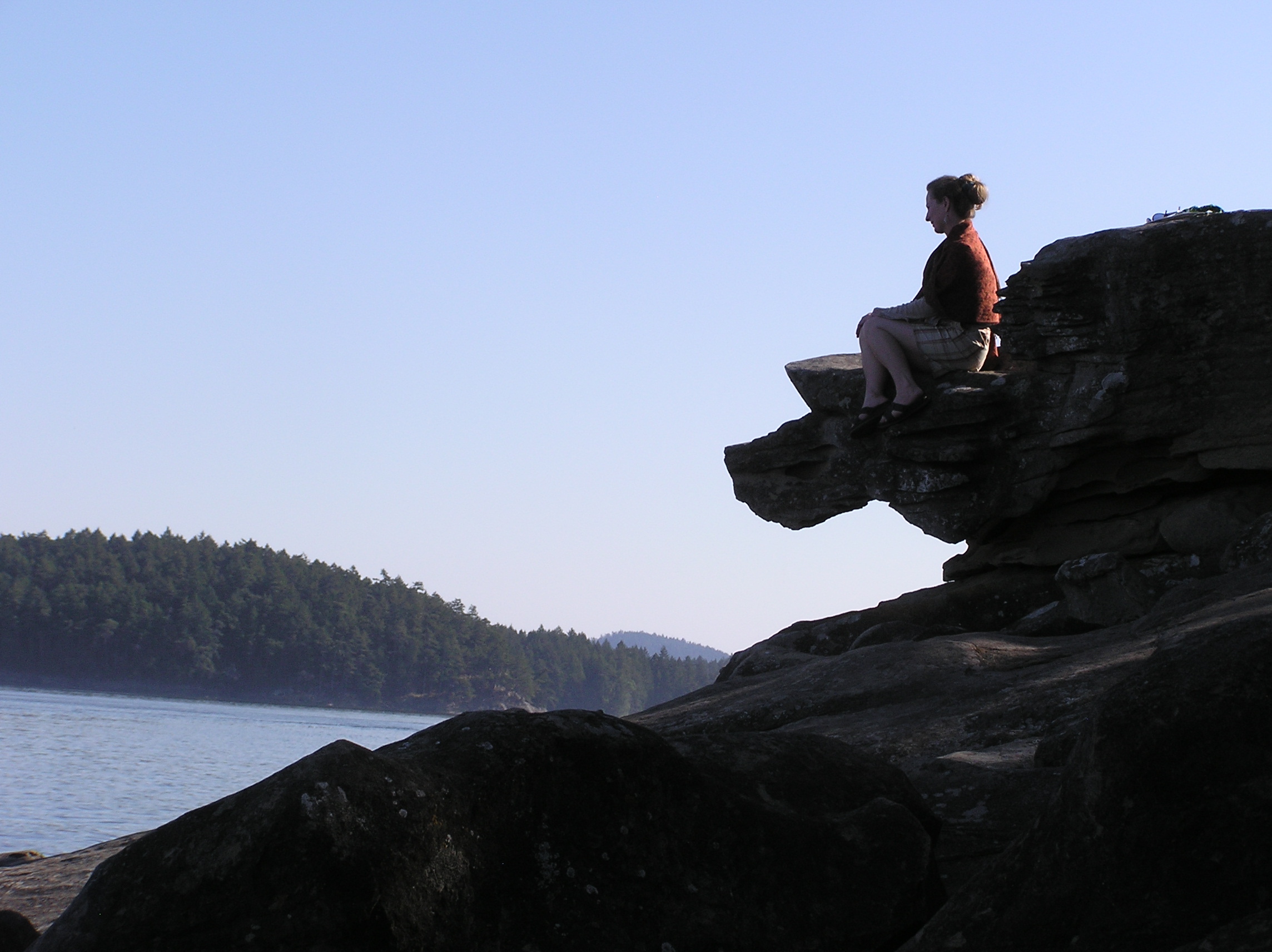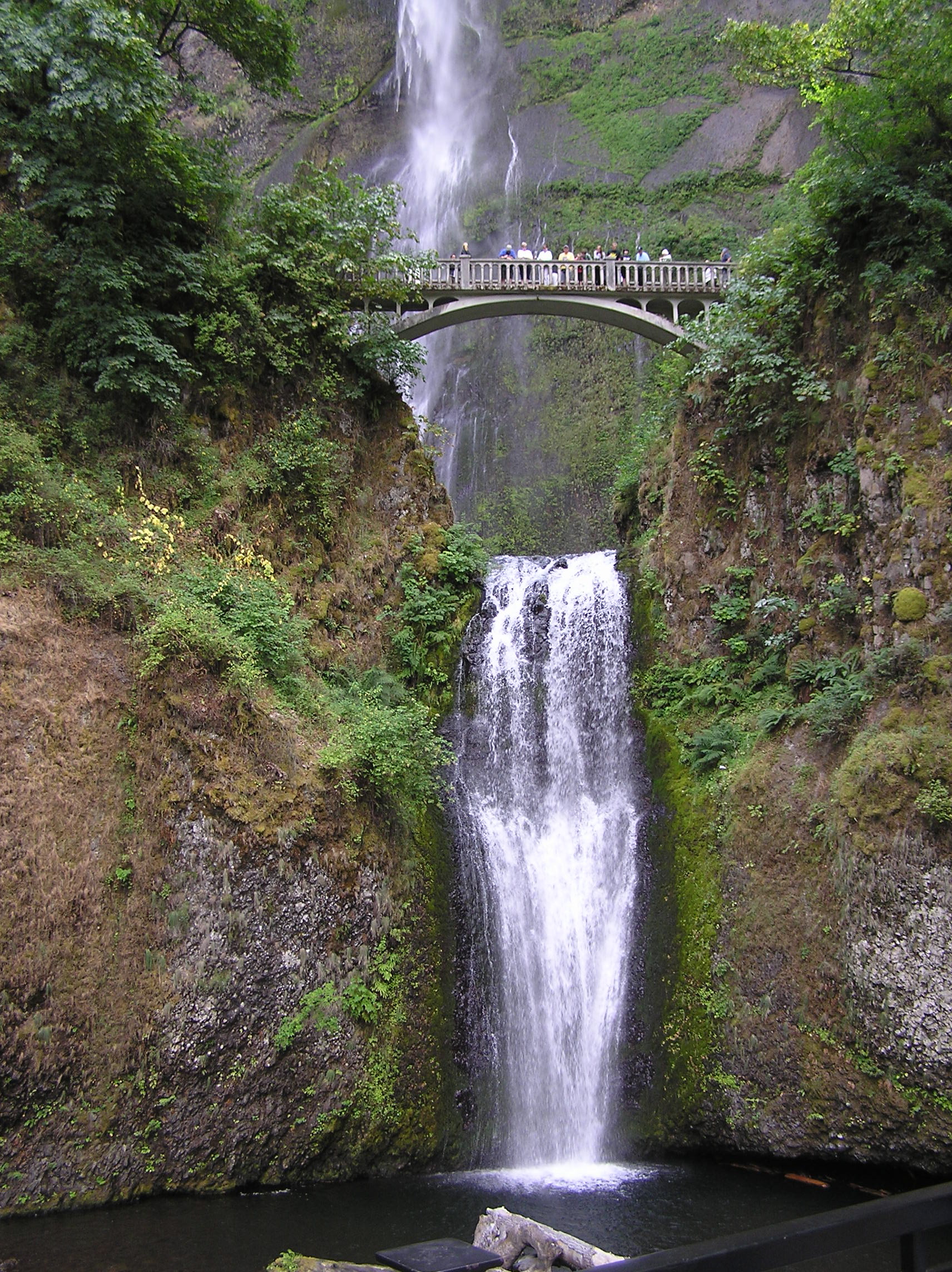The following post is the eighth in a series that is excerpted from my upcoming book Return to Our Senses, which will be available in mid November. It is already available through Mustard Seed Associates at a pre-publication discounted price of $15.
Twitter, blogging, Facebook and other social media have all become popular tools for prayer and the formation of spiritual community in the last few years. Virtual churches abound and a growing number of people are turning to the internet as their primary spiritual community.
Neal Lock, one of the organizers of First Presbyterian Church of Second Life believes that technology is a part of God’s creation and a gift that we can use for good, twist to evil or ignore. He explains: Gutenberg’s printing press changed the world, paving the way for the Renaissance and the Scientific Revolution. Because it made possible the Reformation, it also brought drastic changes to the church, changing almost every visible aspect of Christian worship and theology in just a few generations. In our generation, the internet and digital communication have already brought about drastic changes, and will continue to transform the church in sweeping and dramatic ways in a short span of time.
He goes on to remind us that, church participation in the past few decades has been in steep decline. Yet, as millions of people leave behind their communities of faith, millions more are finding community online, in places that a few years ago wouldn’t have even qualified as places. Worshiping communities of Christians are also beginning to appear online, especially taking root in 3-dimensional synthetic interfaces known as Virtual Realities, or Virtual Worlds.
As I think about this and try to get my head around the possibility of attending a virtual church, I am reminded of what Erik Qualman author of best selling Socialnomics says. He challenges us to consider that we don’t have a choice as to whether we do social media or not. The question, he believes, is how well we do it.
Its true. The internet is here to stay and in the last few years it has become more portable, social, fast paced, and ever present. If Facebook were a country it would be the third largest in the world. Snail mail and long distance phone calling have given way to texting, Skype and online chats. Tablets and smart phones keep us connected 24/7.
Even our everyday spirituality is effected by social media. We post our prayer requests, events, photos and our spiritual struggles on Facebook and other social media sites. We can “like” Mother Theresa, Wendell Berry, St Francis of Assisi and many others for daily prayers and inspiration. We can listen to daily prayers like http://prayasyougo.org and download them onto our phones or tablets. We can follow those who post prayers or Bible verses on Twitter. Or we can read reflections from bloggers like ChristianDroid who seeks to combine Christianity and technology to enhance our lives. We can even use social media feeds to keep us in touch with breaking news, our favorite missions and the needs of our world. The options seem to be limitless and sometimes overwhelming. How we interact with social media and incorporate it into our faith is an important question for all of us to grapple with as we seek to shape our prayer life.
There is no denying that many of us benefit daily from these technologies but there are definite downsides too. They speed life up so that we often don’t have sufficient time to think about and act on what is really important for our ongoing salvation and walk with God. Our minds become cluttered with too much information that further fragments our sense of reality. We can become like robots moving through a web of activities deprived of time for what is essential to nourish our soul and to cultivate our spiritual growth. In this mad rush we forget that our aim above all else in this life, is to seek union with our loving God.
According to Tony Dokoupil, a senior writer at Newsweek and The Daily Beast, the current incarnation of the Internet—portable, social, accelerated, and all-pervasive—may be making us not just dumber or lonelier but more depressed and anxious, prone to obsessive-compulsive and attention-deficit disorders, even outright psychotic. Our digitized minds can scan like those of drug addicts, and normal people are breaking down in sad and seemingly new ways. One recent research project suggest that social media may be more addictive than cigarettes or alcohol. When 200 University of Maryland students agreed to go without social media for 24 hours–no cell phones or computers–their reaction was akin to drug withdrawal.
The most concerning drawback to internet community is this ability to distract us from work, family and face to face interactions sometimes to an addictive extent. Avoiding people we don’t want to talk to is much easier when we can “talk” to friends around the world without even needed to getting out of our chairs. The temptation to check, what our friends and acquaintances are doing, how many likes and visits our blog posts get, or even just to pass on prayers and breaking news we enjoy can at the least soak up our time and energy. At the worst we become obsessed with the kudus, criticisms and hopes that our posts will go viral.
Maintaining the disciplines that balance time spent on line with other aspects of life is not always easy. Some of us blurt out all our thoughts and intimate struggles to strangers with few if any inhibitions. How often do you take your struggles and concerns to Jesus before sharing them on Facebook or Twitter?
Hurricane Sandy is lashing the East Coast of the U.S. Widespread flooding is expected. Power outages could be extensive and the devastation to peoples’ lives will last for months.
As I watch the relentless march of this massive storm, I feel powerless. I am sitting comfortably, half a world away in Australia and it would be easy for me to ignore the problem.
All I can do is pray for those in its path and I thought that you might like to join me in these prayers The prayer above was written by Bonnie Harr for her Facebook page In His Footsteps. Here is my prayer for this day. Perhaps you would like to add your prayers to the comment section below.
Lord you are always with us,
In the quiet and the storm you surround us,
Your love stays closer than a friend.
In this time of storm be with all who are vulnerable.
Hold them close as the winds blow and the oceans rage.
Place your arms around them as the trees fall and the rivers rise.
Keep them safe from wind and rain and fly debris.
Guide those that respond,
Be with rescuers and firemen,
With electric workers and emergency crews,
With all who reach out to neighbours with your love and compassion.
Comfort and protect them in the midst of danger and of strife.
May all find shelter in the embrace of your wings.
The following post is the seventh in a series that is excerpted from my upcoming book Return to Our Senses, which will be available in mid November.
Images have been used throughout the history of Christianity to deepen our sense of intimacy with all members of the Trinity. Early Christians often chiseled images of Jesus and scenes from his life on their sarcophagi and painted them on the frescos of the catacombs. Over the centuries icons, paintings, statues, etchings and more recently digital images have all been used to help draw us into that deep prayerful intimacy that images can provide.
Icons – Graven Images or A Powerful Tool
The icon, used in Eastern Christianity and other Christian traditions, is generally a flat panel painting depicting a holy being or object such as Jesus, Mary, saints, angels, or the cross. Icons may also be cast in metal, carved in stone, embroidered on cloth, painted on wood, done in mosaic or fresco work, printed on paper or metal. These icons are much more than religious pictures. They are a way of telling people about some complicated Christian teaching in a simple form that anyone can see and start to understand — even a young child. Icons, in the earliest days of the church, were a means of depicting Gospel events to Christians who may not have been able to read the Gospel themselves.
In an ordinary picture perspective makes things get narrower as they go into the distance. In icons the picture often seems to get wider as it goes into the distance — the perspective is back to front. There are no shadows, or ways of showing day and night. An icon shows a view of heaven, so it is lighted by the unchanging light of God. Icons are painted this way on purpose. An icon is a window into Heaven. The veneration granted to the Icon is said to pass on to Heaven and the person depicted therein.
Icons are an integral part of Orthodox worship but are rarely used by Protestants, though there has been a resurgence of interest in their use over the last few years. However, a cursory glance through scripture will show that visual images always have been an important part of God’s way of communicating. Ezekiel’s vision of dry bones in Ezekiel 37, and Peter’s dream on the rooftop in Acts 10, are just two instances of how images and prayer are vitally connected.
For many, icons contribute to the beauty of worship and are like windows that connect us to the realities of the Kingdom of God, bringing these into our prayer on earth. Entering church is meant to give us a glimpse into the beauty of the kingdom of God and the icons are reminders of that great cloud of witnesses who have gone before. I still remember the awe of entering St Catherine’s monastery in the Sinai desert twenty years ago and examining the icons of saints that lined the walls. Some dated back to the sixth and seventh century. I did indeed feel that I had entered the kingdom of God with thousands of wonderful witnesses.
Unfortunately there is probably more dispute circulating about the use of icons than of any of the other prayer techniques I have mentioned. When Tom and I were in Lebanon some years ago we were invited to lunch by an orthodox priest. What soon became obvious was that we were supposed to settle a long standing dispute between him and a friend as to whether the use of icons of Christ was acceptable.
The friend thought they were satanic, graven images that were expressly denounced in the Old Testament. Our Orthodox friend explained that early Christians felt that the Old Testament proscriptions against making images was overturned by their belief in the incarnation. They believed that because God took on flesh in the human form of Jesus it was permissible to create depictions of the human form of the Son of God. Although icons are images, they are not simply illustrations or decorations. They are symbols of the incarnation, a presence which offers to the eyes the spiritual message that the Word addresses to the ears.
I love Megan McKenna’s description of icons in the foreword to The Bride by William Hart McNichols and Daniel Berrigan: “The icon is God’s poem and song without words. The icon is God’s touch, a kiss, and then the empty place that calls forever after to us – the icon is the echo of God’s incarnation once and for all time upon the earth. The icon is a rest stop on the way home, a small sanctuary, a protection, a moveable feast that makes us tremble.”
It is not just gazing at icons that is a form of prayer. Iconographers see the very creation of an iconic image as a way to commune with God. The entire process is conducted as if its creator were working in front of Jesus. It starts with silent prayer, pardoning of enemies and the sign of the Cross. The iconographer is encouraged to pray throughout the process to strengthen themselves physically and spiritually. Each color is chosen after a meditative pause to seek counsel from the Lord and when the icon is finished prayers of thanksgiving are offered for God’s mercy and grace in equipping the iconographer to paint the image. Andrey Rublev’s famous Trinity icon is a wonderful example of this.
Why we worry so much about iconic images of Christ and not at all about images of Christ in other forms of art I am not sure, but then of course I am no expert. I do believe however that they can provide a refreshing focus for both personal and group meditation.
This post is excepted from my new book Return to Our Senses which is now available through Mustard Seed Associates at a pre-publication discounted price of $15.
This week’s summing up of Facebook prayers is written from Sydney Australia where I am currently visiting my Mum. I have found myself sitting quietly each morning enjoying the bird sound and reflecting on the prayers that others have written and reflecting on Mary De Jong’s post on Ordinary Blessings. I hope that you enjoy them too.
New Dawn
O Lord,
At each new dawn
You draw back the veil of the heavens
writing messages to all, and some see.
What do you require?
To do justice ~
To love mercy ~
To walk humbly ~
To walk with You. . .
Teach us that fairness is not justice;
mercy is not kindness, alone;
humility is not self-negation;
walking with You is everything.
Amen. B.D. Harr © 2012
—————-
God help us to dream impossible dreams,
Not for ourselves but for your kingdom coming.
Help us to pray, not for tasks within our power,
But for your power to equip us for tasks beyond our imaginings.
Help us to risk all that we have to follow you.
—————-
God may your new world be born afresh in us,
May it take root and flourish in our lives,
So that we can grow more like Christ in every way,
And bear the fruit of justice, mercy and love.
——————-
Keep us close, we pray.
Be the one to whom we turn
when faced with fear,
uncertainty,
and questioning.
Be the rock upon which we stand,
the truth we hold to,
certainty
to which we cling.
Be the Father in whose arms
we gladly fall,
security
in our journeying.
Keep us close, we pray.
———————————
May the blessing of light be on you,
light without and light within.
May the blessed sunlight shine upon you and warm your heart.
May the light shine out of your eyes,
like a candle set in the window of a house,
bidding the wanderer to come in out of the storm.
May the blessing of the earth be upon you, the great round earth;
may you ever have a kindly greeting for people as you’re going along the roads.
And may the Lord bless you, and bless you kindly.
-Common Prayer For The World from www.waymarkers.com
The following post is the sixth in a series that is excerpted from my upcoming book Return to Our Senses, which will be available in mid November.
One of my favorite Old Testament stories is that of Elijah fleeing from Jezebel into the desert as related in 1 Kings 19. I love it partly because it shows the human side of Elijah, stressed out, depressed, and afraid. In the midst of his despair God comes to him in one of the most beautiful and loving descriptions of a God encounter in the Bible: Now there was a great wind, so strong that it was splitting mountains and breaking rocks in pieces before the Lord, but the Lord was not in the wind; and after the wind an earthquake, but the Lord was not in the earthquake; and after the earthquake a fire, but the Lord was not in the fire; and after the fire a sound of sheer silence. When Elijah heard it, he wrapped his face in his mantle and went out and stood at the entrance of the cave. (1 Kings 19:18)
We live in a world that is full of noise and in a culture that places little value on silence. Many of us have learnt to distrust quiet, viewing it more as a vacuum to be filled than as an important place to meet with God. We have no idea and often no desire to sit quietly without noise or distraction for more than a few minutes. Yet there is an ache in our hearts that can only be filled by fully attending to the God who is only heard in the midst of sheer silence. If we sit in stillness and reach deep within our hearts there we can always find the gentle whispers of God’s voice and the love that overflows from that place of silence.
Listen to the Silence
So what does sheer silence really sound like? How do we hear the quiet whispers of such a place and when we do, what makes us want to respond by coming out of the caves in which we have hidden to listen to God?
St Benedict uses 2 words for silence: quies and selentium. Quies is the silence that comes with the absence of noise. The silence that engulfs us when we turn off the TV, disconnect from the internet and discard our cell phones. This is an external silence. It is an extremely important form of silence that all of us who live busy, urban lives need to enter into.
Sixteenth century mystic, John of the Cross called silence “God’s first language” not the language so much of a silent place as of a silent soul. This is silentium an internal and intentional posture of complete attentiveness towards God. It is a silence of making space for, taking time for and paying loving attention to the One we proclaim to be our God and king. It is more challenging to enter into this kind of silence because it doesn’t just mean finding a quiet place. It means establishing a quiet inner attitude in which we set aside the distractions of our minds and hearts, draw from the stillness that is within us and communion with the spirit of God in a very special way. I am sure this is the kind of sheer silence that Ezekiel experienced in the wilderness.
This kind of silence is often expressed in what we call contemplative prayer. Marjorie Thompson in her compelling book Soul Feast, explains: “A simple gaze toward the One who loves us unshakably – this is contemplative prayer. It is absorption in loving God with our whole being – not strenuously, but as a spontaneous response of the heart. Contemplative prayer is resting in God, allowing the Spirit to fill and move us as God wills. It is pure receptivity and adoration. It is quiet, tender and sober, or playful gentle and joyous.
Contemplative prayer has the quality of an inner Sabbath. In a world driven by the need to accomplish and acquire, in a world where we judge one another on the basis of performance, God calls us to the radical trust of rest. Does the Lord require so much of us that we cannot join God in a little divine rest?”
In Sanctuary of the Soul Richard Foster comments that constant distractions create noisy hearts, wandering minds and perpetual inner chaos. “Our ability to listen to the voice of God and enter into contemplative prayer is easily disrupted and even the questions that bring us into the presence of God seeking answers create their own distractions and contribute to our inner turmoil.”
Foster suggests that reciting poetry is one way to help still our distractions and quiet our wandering minds. He comments that poetry often startles us with its economy of words and beauty of language. “Words, carefully chosen and beautifully written, have a way of slowing us down and focusing our attention on essential matters.
I love this idea and have found that the Bible itself is the best place to start when looking for poetic insight. The psalmists in particular, in a few beautifully crafted words create images that slow us down and focus our attention. Reading them over and over so that we savor the depths of their intent further calms our spirits. The images they conjure catch our imagination and draw us into a place in which we are more easily able to hear the voice of God as we read through other scriptures as well. Sometimes they encourage us to write our own poetry either adapting the psalms we have read or something completely new that springs creatively into being. Such poems are often specific to our own way of thinking and view of the world.
This post is excepted from my new book Return to Our Senses which is now available through Mustard Seed Associates at a pre-publication discounted price of $15.
The following post is the fifth in a series that is excerpted from my upcoming book Return to Our Senses, which will be available in mid November.
I love Africa and the vibrant fun loving hospitality of my African friends. When I worked in Africa I was intrigued with how prayer wove every part of village life. Everything Africans did had a spiritual dimension to it. Planting the crops, drawing water from the river, even interacting with family and friends were activities that stimulated a prayerful interaction with God.
When I returned to America, I went hunting for this kind of spirituality. Everyone I spoke to referred me to Brother Lawrence’s classic book Practicing the Presence of God. How sad I thought that the only book everyone thinks of that talks about how to enter into the presence of God in the ordinary mundane acts of life is 400 years old. Even sadder is that even though millions have read this little book over the centuries, its truths seem to have had little effect on our faith and our prayer life. Brother Lawrence writes: “I honestly cannot understand how people who claim to love the Lord can be content without the practice of His presence. My preference is to retire with Him to the deepest part of my soul as often as possible. When I am with Him there nothing frightens me, but the slightest diversion away from Him is painful to me.”
How can we be content without the continual practice of the presence of God? The fact that Brother Lawrence could calmly and quietly worship God in the midst of the clatter and the chaos of the kitchen is truly amazing. Noise distracts and exhausts me. I cannot work with the TV blaring or music playing. However as he explains, we can make our hearts personal chapels where we can enter any time to talk to God privately. These conversations can be loving and gentle, and anyone can have them. I hungered for this type of experience that depended not on a quiet place but on a quiet attitude.
Recently I have come across a number of more contemporary books that address prayer and spirituality in this way. Barbara Brown Taylor’s An Altar in the World was a particularly delightful find. In the introduction to her book she talks about people who call themselves spiritual but not religious: They know there is more to life than what meets the eye. They have drawn close to this “More” in nature, in love, in art, in grief. They would be happy for someone to teach them how to spend more time in the presence of this deeper reality, but when they visit the places where such knowledge is supposed to be found, they often find the rituals hollow and the language antique.
I think all of us hunger for more. We have caught glimpses of the great God of the universe as we played with kids and comforted friends, as we worked in the garden and walked around the lake. Part of us has awakened to God’s breath soaking into our hearts. We know God has cleansed and forgiven us and invited us back into the garden and something has stirred within us.
Unfortunately like Adam and Eve in the garden of Eden, we find it hard to believe God loves us enough to walk and talk with us. We hide behind hurried lives, self centered ambitions and our own lonely realities, hoping that we can escape the presence of the One who is love. In church too we hide behind the rituals of prayer, song and liturgy, not knowing how to turn them into relationships of love. That continual awareness of the presence of God that Brother Lawrence experienced eludes us.
What difference would it have made to human history if instead of hiding Adam and Eve had come out into God’s loving presence, thrown themselves on the mercy of God, repented and found forgiveness for their actions? What difference would it make to all our lives if we returned to our senses and threw ourselves on the mercy of the One whose loving breath gives us life and whose loving presence fills our world? What difference would it make if we spent more time soaking in the love of God, consciously seeking to center everything we are and do on the One who still aches to walk and talk and communion with us in loving intimate companionship.
This post is excepted from my new book Return to Our Senses which is now available through Mustard Seed Associates at a pre-publication discounted price of $15.
The following post is the fourth in a series that is excerpted from my upcoming book Return to Our Senses, which will be available in mid November.
One essential element in the creation story that draws us deep into the love of God is water. Life began when the Spirit of God moved over the watery chaos of the deep and brought dry land into being. Throughout the Biblical story emerging from water always symbolizes a transformation from death to life, from chaos to new creation. We see it in the story of Noah and the flood and in the children of Israel passing through the waters that consume the Egyptians. We see it most vividly in the baptism of Jesus. He emerges from the waters with the dove, the loving Spirit of God hovering over him.
Through Christ creation is renewed. Water is no longer symbolic of the threat of chaos but has been transfigured by our loving God into a cleansing force that takes away the sins of the world. In the flood of Noah, sinners were drowned and wiped out. In the cleansing baptism of Jesus sin itself is drowned and the sinners are cleansed and made whole.
I love the imagery in Ezekiel 47:1-12, repeated again in Revelation 22:1-2 of the river of life that flows from the throne of God throughout the new Jerusalem nourishing the trees on its banks. “Life will flourish wherever the water flows… Fruit trees of all kinds will grow along both sides of the river. The leaves of these trees will never turn brown and fall, and there will always be fruit on their branches. There will be a new crop every month, for they are watered by the river flowing from the Temple. The fruit will be for food and the leaves for healing” (Ez 47:9, 12).
Water is essential to life, but unless it is transformed by the blessing of God, it creates floods, devastation and chaos. With the blessing of God however, it cleanses and gives life to the entire creation each day and in every moment. From the moment of our conception, we are wrapped in water’s tender embrace, but we must emerge out of the waters to find true life out in God’s world.
Born Anew Out of the Water
Blessing of water is symbolic, not just of life, but of transformation. Every use of water transforms and renews. When we drink it we rehydrate dry and thirsty cells, we cleanse toxins from our bodies and we revitalize our energy. When we sprinkle it on our gardens it renews the dry and thirsty ground and gives life to every plant. When it rains from the clouds it refreshes and renews the very air we breathe.
Every use of water can be seen as a form of baptism, an opportunity to offer prayers of thanksgiving and appreciation for the gift of water and of life. We can so easily take it for granted, however missing the richness of these prayerful and sacramental moments that using water affords us, reminding us constantly of our covenant with God and reassure us of the cleansing of our souls that has taken place through baptism. Armenian Orthodox theologian Vigen Guroian in his delightful book of garden mediations Inheriting Paradise comments: When we bless water, we acknowledge God’s grace and desire to cleanse the world and make it paradise.
Our bodies are eighty percent water. We are constituted of water and we are born anew of it. It is ubiquitous in our world, a constant reminder of the transforming, life giving power of God. Thanksgiving prayers for the gift of water and the renewal of our baptismal vows should not be confined to a baptismal service. A morning shower and a refreshing cup of tea, these too are baptismal moments, refreshing, renewing and bringing life. As I head out with my watering can onto the porch, here too I experience baptism and as I sprinkle my plants with water and give them life. As I sit and watch the waves crash on the seashore or stand in awe of the breathtaking beauty of a waterfall cascading onto the rocks this too speaks of baptism and the incredible cleansing and renewing experience of water.
I grew up in Australia, a land that is subject to severe droughts, often followed by devastating floods. I quickly learned that water is precious. Every drop is to be treasured and used wisely. Now I live in Seattle, Washington an area that is known for its rainy weather. I don’t just take the rain for granted, sometimes I resent it.
However at the end of summer I am often reminded again of what a gift water is. As the first rain of autumn falls, the brown parched lawns that are such a hallmark of the Seattle summer, give way to verdant green. I sit watching it fall gently on my thirsty garden and drink in the fresh fragrance of the rain cleansed air. In that moment my heart rejoices. Baptism I think. God has drenched the whole earth with love and faithfulness this morning. God has touched me too with a cleansing rain that has seeped into the dry and parched areas of my soul.
Recently as I sat and watched the dawn break on a rain drenched world I wondered: How often do I confess the sin in my life without acknowledging the places where I have already been cleansed by God’s baptismal waters? Wow, it really is like a morning after rain when the light shines more brightly, the air smells more fragrant and song of birds fill the air. Take time to confess before God, not the places where darkness still needs to be uncovered but those wonderful places where God’s light is breaking through. Bask in the touch of God’s approval and love. Hear the gentle voice that whispers: well done good and faithful servant. I suspect that as it was for me, this will be like a cleansing rain, a moment of baptism and a very intimate meeting with God.
This post is excepted from my new book Return to Our Senses which is now available through Mustard Seed Associates at a pre-publication discounted price of $15.
As an Amazon Associate, I receive a small amount for purchases made through appropriate links.
Thank you for supporting Godspace in this way.
When referencing or quoting Godspace Light, please be sure to include the Author (Christine Sine unless otherwise noted), the Title of the article or resource, the Source link where appropriate, and ©Godspacelight.com. Thank you!


